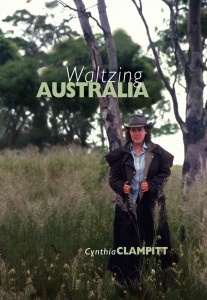16c Polygon Wood: October 1914
Province: West Flanders
Country: Belgium
A ‘Virtual Battlefield Tour’ from Fields of War: Fifty Key Battlefields in France and Belgium
Summary: The first fight in Polygon Wood was in October 1914, when the Germans held the northern half and the British held the southern. Attacks by British Guards regiments were beaten back with heavy casualties. The wood was completely occupied by the Germans during their advances of 1915. It received its name from British soldiers due to the shape of the wooded area’s boundary.
Before the war, a long, narrow butte on the northern end of the wood was the site of a Belgian army rifle range. From its summit, German riflemen and artillery observers held commanding views of the countryside in all directions. As part of the German defenses, the butte was interlaced with tunnels and dugouts.
Advancing behind a creeping barrage, the 5th Australian Division captured Polygon Wood on 26 September 1917, during the segment of the Third Battle of Ypres known as the Battle of Menin Road. The bombardment reduced the wood to shattered stumps.
View Polygon Wood: October 1914 ‘- A Virtual Battlefield Tour by French Battlefields (www.frenchbattlefields.com)’ in a larger map

